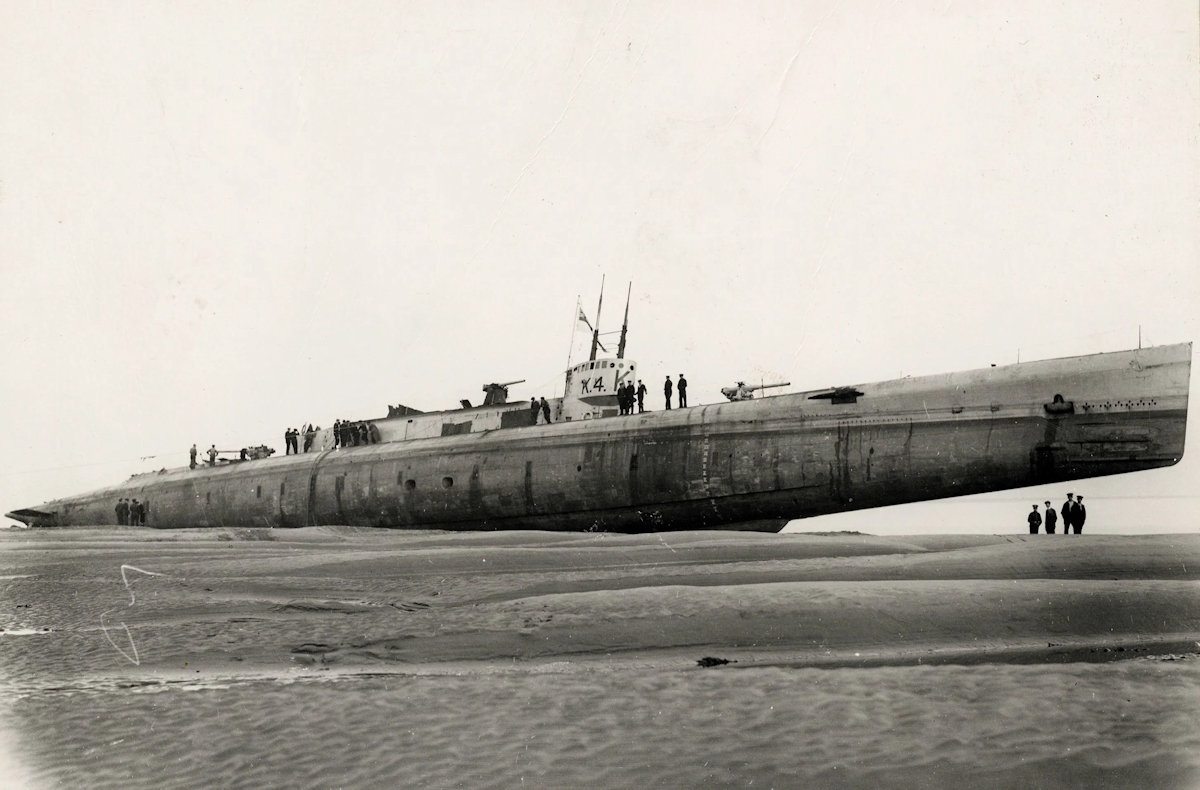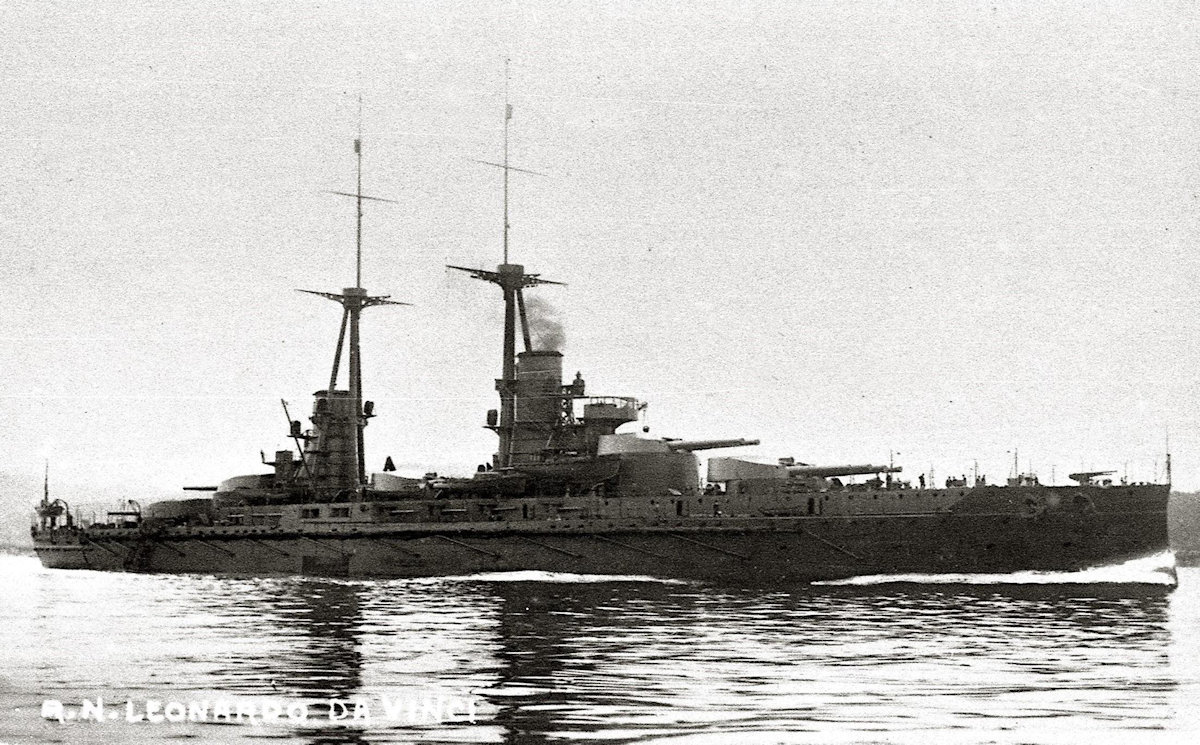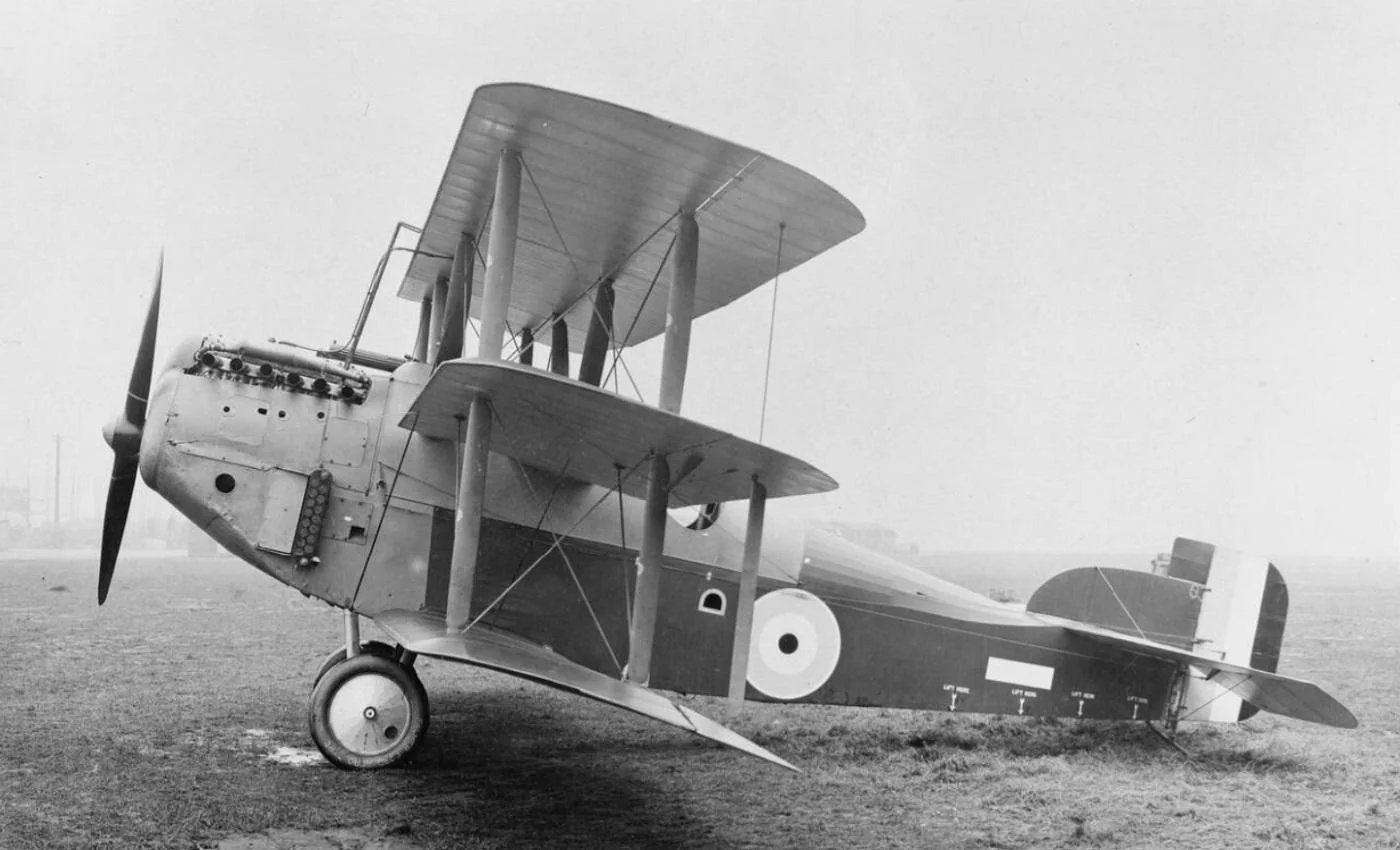Tag: World War One
-
British Submarine HMS K4

British Submarine HMS K4 HMS K4 was a K-class submarine of the British Royal Navy. Launched on 13 July 1916, she was commissioned on 1 January 1917. K4 had an accident prone career, first being stranded on Walney Island in January 1917, followed by a collision with HMS K1 on 17 November 1917. This resulted… Read more
-
Italian Battleship Leonardo Da Vinci

Italian Battleship Leonardo Da Vinci The third of the Conte di Cavour-class battleships, Leonardo da Vinci was launched on14 October 1911 and commissioned into the Italian Regia Marina on 17 May 1914. She saw no action during the First World War and was sunk by internal explosion on 2 August 1916. Italy blamed the loss… Read more
